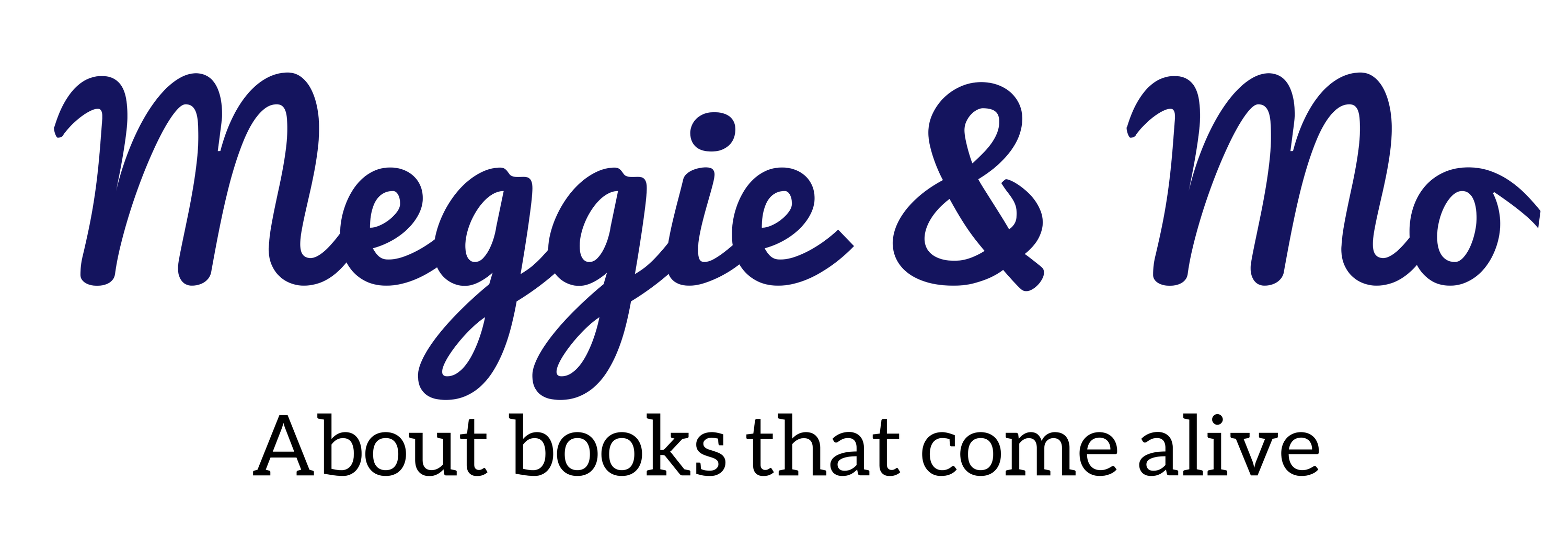Title: The Wild Robot
Author: Peter Brown
Rating: Exceptional
Main Character: Roz, a (female) robot
Word Count:
Meggie (Rating: Exceptional)
I thought that this book was amazing because this robot learned to speak to animals and became so close to them that they would do anything for her. I loved how the animals worked with each other and Roz to make everybody fit in the island. They helped Roz build her house and her garden. I also loved the part where Roz adopts the gosling and learns to be his mother.
Mo (Rating: Exceptional)
This book has an intriguing premise. A ship carrying robots gets caught in a storm and its shipment of robots washes up on the shore of an uninhabited island. All the robots are destroyed, except one. A sea otter activates the robot by accident, and the rest of the story is about the robot adapting to life on the island.
Roz could feel her Survival Instincts – the part of her computer brain that made her want to avoid danger and take care of herself so she could continue functioning prolperly. Her instincts were urging her to move away from the ocean. She carefully got to her feet and saw that high above the shore, the land was bursting with trees and grasses and flowers. It looked lush and safe up there.
The author weaves complex themes into this story.
There is the theme of how the robot is seen as a monster by the rest of the animals and how she wins their trust and encourages a culture of helping each other in the forest. The robot is programmed to not hurt any other living being, so there is the theme of survival and sacrifice and turning the other cheek even as other animals of the forest seek to harm the robot.
There is the theme of caring where the robot becomes a mother to an orphaned gosling, and the odd mother-son relationship between the robot and the gosling forms a theme of the second half of the book. There is a bit where the gosling, Brightbill, is teased by other goslings because his mother (the robot) looks like a monster. And how he deals with it.
Like most goslings, Brightbill followed his mother everywhere. He was a slow, tottering little thing, but Roz was rarely in a hurry, and together they loved meandering along the forest paths and around the banks of the pond. However, they spent most of their time right in their own garden. You see, the garden was no longer scraggly. Thanks to the robot’s careful attention, it was now bursting with colors and scents and flavors. Clearly, Roz was designed to work with plants.
In between all these themes, the author weaves in his love for the outdoors and his knowledge of wild animals in a very engaging story. There is even a reference to climate change and how it affects the animals.
I started this book not sure how it would end. In fact, this is one of my criticisms of the book: the book jumped from one mini-crisis to another without revealing upfront the arc of destiny of the main character (the robot). We, the readers, along with the robot, search for the robot’s purpose in the book, and life:
“Everything has a purpose.” It was Swooper’s turn to lecture the lodgers. “The sun is meant to give light. Plants are meant to grow. We owls are meant to hunt.”
“We mice are meant to hide.”
“We raccoons are meant to scavenge.”
“Roz, what are you meant to do?”
“I do not believe I have a purpose.”
“Ha! I respectfully disagree,” said Swooper. “Clearly, you are meant to build.”
“I think Roz is meant to grow gardens.”
“Roz is definitely meant to care for Brightbill.”
“Perhaps I am simply meant to help others.”
But the reward at the end was worth it – the last few chapters are exciting, and even a bit scary for younger readers.
This book has very short chapters, and is an easy read. I predict this book will be a classic 50 years from now; it touches on themes that are very pertinent today. I cannot recommend this book enough.
